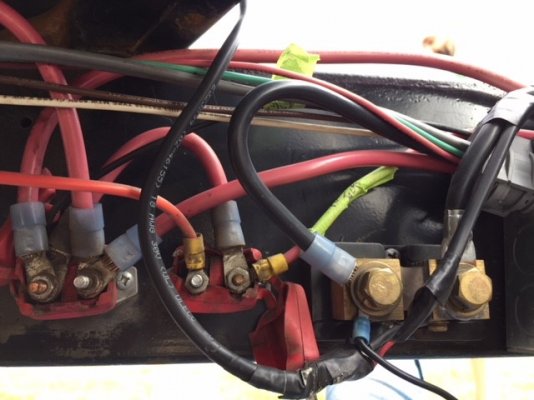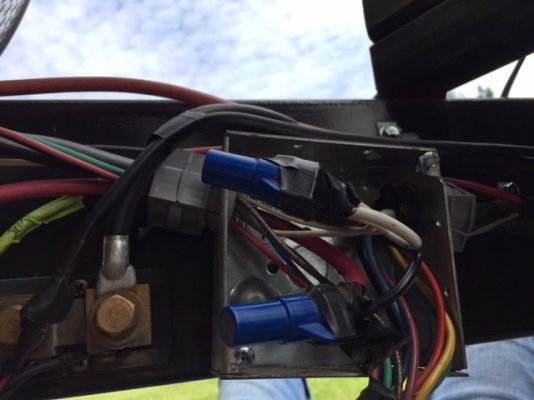Dooger54
Well-known member
I?m getting ready to buy and install an inverter for my TT and I?d like to confirm that my plans look good. Yes, I have read the article here on inverter installations. I?ve also read a ton of posts and watched numerous You-Tube videos. The inverter I plan to get will most likely be the AIMS 2000 watt pure-sine with built-in transfer switch. The built-in transfer switch is 25 amp. Surge power is rated at 4000w. AIMS recommends using 12 awg wire for the connections to AC power. My run from the inverter to the back of my trailer to the power panel is about 20 feet.
https://www.aimscorp.net/2000-pure-sine-inverter-with-transfer-switch-etl-certified-conforms-to-ul458-standards.html
I will use the inverter mostly while boondocking. I want to use it to provide power to my 120v receptacles and the 900 watt microwave. The loads I will plug into the receptacles will be small fans, small TV, 1000w hair dryer for my wife, 700w toaster, 1400 watt coffee maker. Obviously one at a time on the larger appliances. My trailer has 30 amp service. I am planning to pull (2) 15 amp. breakers off the current main AC panel and move them to a new sub-panel. One of these feeds the receptacles and the other feeds the microwave.
I will put a new 30 amp breaker in the main panel. From that breaker I will run 12awg wire to the AC line-in of the inverter. I will then run 12awg from the inverter AC line-out to the new sub-panel. I am looking at buying a 60 amp panel (smallest I could find) with four breakers available. I will install (2) 15 amp breakers and feed the existing runs from the receptacles and microwave to each breaker.
The negative cable from the inverter will go to the load side of my shunt, which feeds my Trimetric battery monitor. The positive cable will go the the + battery terminal. I do plan on putting an on/off switch and fuse in-line the positive cable. These cables will be right at 10 feet long.
Am I missing anything or doing something wrong?
Recommendations needed for:
1) Size of battery cables? 2 minimum, maybe 0 or 00??
2) Size of fuse on the positive cable?
Thanks so much for helping!
https://www.aimscorp.net/2000-pure-sine-inverter-with-transfer-switch-etl-certified-conforms-to-ul458-standards.html
I will use the inverter mostly while boondocking. I want to use it to provide power to my 120v receptacles and the 900 watt microwave. The loads I will plug into the receptacles will be small fans, small TV, 1000w hair dryer for my wife, 700w toaster, 1400 watt coffee maker. Obviously one at a time on the larger appliances. My trailer has 30 amp service. I am planning to pull (2) 15 amp. breakers off the current main AC panel and move them to a new sub-panel. One of these feeds the receptacles and the other feeds the microwave.
I will put a new 30 amp breaker in the main panel. From that breaker I will run 12awg wire to the AC line-in of the inverter. I will then run 12awg from the inverter AC line-out to the new sub-panel. I am looking at buying a 60 amp panel (smallest I could find) with four breakers available. I will install (2) 15 amp breakers and feed the existing runs from the receptacles and microwave to each breaker.
The negative cable from the inverter will go to the load side of my shunt, which feeds my Trimetric battery monitor. The positive cable will go the the + battery terminal. I do plan on putting an on/off switch and fuse in-line the positive cable. These cables will be right at 10 feet long.
Am I missing anything or doing something wrong?
Recommendations needed for:
1) Size of battery cables? 2 minimum, maybe 0 or 00??
2) Size of fuse on the positive cable?
Thanks so much for helping!


